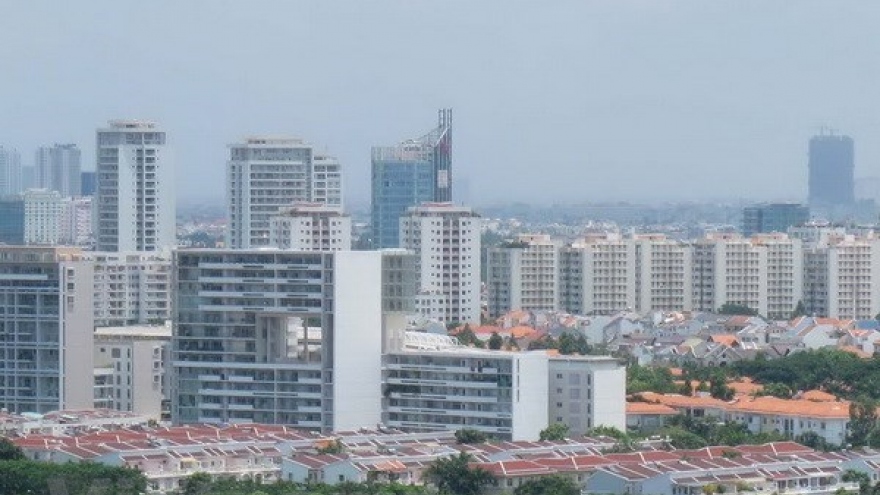Investors pour money into co-working spaces
Co-working spaces in Vietnam only account for 0.5% of the office-for-lease market, but are becoming more popular.
 |
To date, there are 19 co-working spaces in Hanoi and 15 in HCMC, managed by 23 businesses.
“We will begin seeking opportunities in HCMC in 2019,” said Tran Xuan Kien, chair of CoGo.
CoGo is a newcomer in the co-working space market which is managed by the founders of the Tran Anh home appliance retail chain.
It is expected that by the end of 2018, CoGo would have five co-working spaces in Hanoi with total floor area of 12,000 square meters.
According to CBRE Vietnam, by the end of April 2018, Vietnam had had 34 co-working spaces in Hanoi and HCMC, managed by 23 businesses, including five foreign invested. The figures show the attractiveness of the market, which has been witnessing steady 55% growth rate in the last five years.
Toong, Up, CirCo and Dreamplex are the best known Vietnamese spaces, while the best known foreign invested names are Regus (the UK), Hive (Hong Kong), CEO Suite (the Republic of Korea) and Klouds (Singapore).
In both Hanoi and HCMC, most co-working spaces are located in central business districts. In Hanoi, investors now tend to choose positions in the emerging districts of Dong Da and Cau Giay. In HCMC, districts 1, 2, 3, 4, Binh Thanh and Phu Nhuan are the favorite areas for co-working space developers.
The co-working space model first appeared in Vietnam four years ago with sky-high growth rate of 300% per annum. However, many developers had to leave the market later.
According to Kien, at that time, investors developed co-working spaces just to explore the market. Each space covered a small area of 500-700 square meters, while offices were old buildings. The investors did not have resources for long term investment, because the co-working space model could not bring profit in the first two to three years of operation.
Under international practice, a co-working space needs to cover a minimum area of 2,000 square meters to create an ‘open community’ and it should be located in A-class office buildings.
An analyst commented that the first-generation co-working space developers made a wrong decision when considering themselves as ‘incubators’. They hoped they could attract startups and set very low rents.
The second-generation co-working space developers have not followed the same way. They have set offices in larger, more luxurious locations with flexible designs to meet the rental needs of a diverse range of customers.
According to CBRE, 91% of co-working space users in Vietnam belong to the Y generation, higher than the 67% in the rest of the world.

